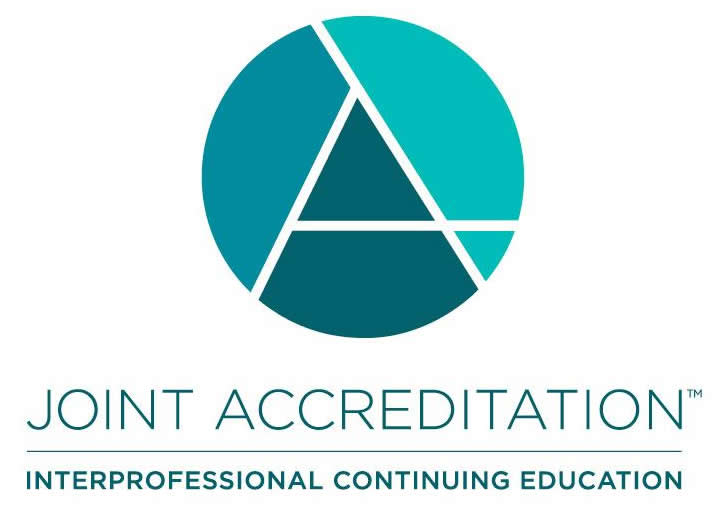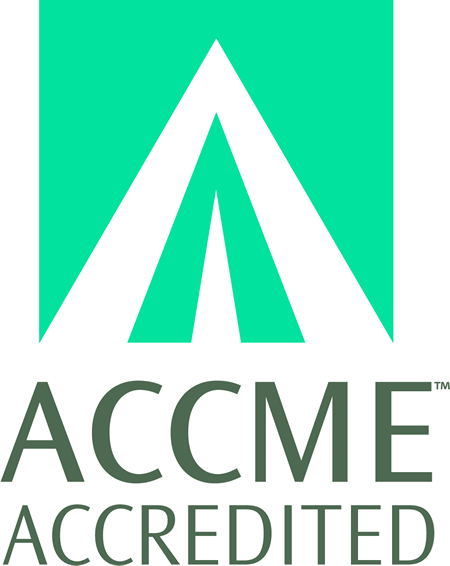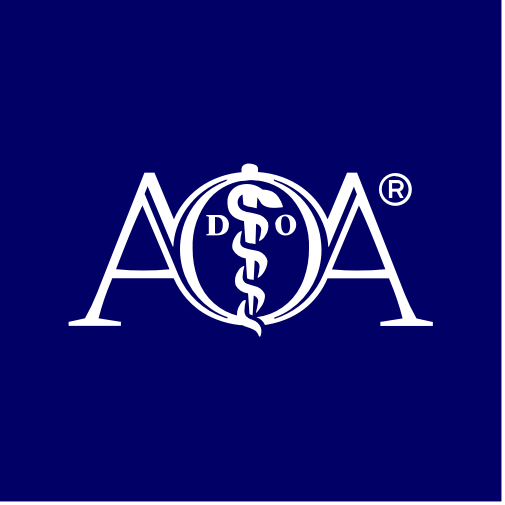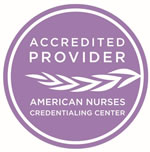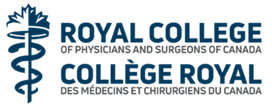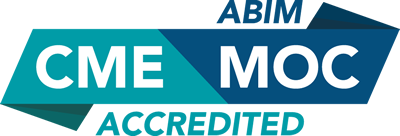
COURSE CREDITS & HOURS
16 AMA PRA Category 1 Credits™16 ACPE Credits
16.0 Contact Hours
16 (part II) MOC points in medical knowledge in the American Board of Internal Medicine's (ABIM) Maintenance of Certification (MOC) program
8 Hours of Pharmacology for Nurse Practitioners
COURSE FEES
TARGET AUDIENCE
PROGRAM PURPOSE
- COPD
- Discuss GOLD 2023Guidelines for Staging COPD
- Discuss GOLD 2023 Guidelines for COPD management
- Discuss the ACCP and Canadian Thoracic Society published guidelines for prevention of acute exacerbations of COPD
- Discuss the data that shaped these guidelines as related to:
- Medication Recommendations
- Non-medications Recommendations
- Discuss data on surgical and non-surgical lung volume reduction in patients with COPD.
- Discuss data on NIV for stable and acute COPD management
- Discuss New areas of investigation.
- Asthma
- Discuss the prevalence and economic impact of asthma
- Examine the pathophysiology of asthma
- Discuss strategies for management of asthma patients with acute respiratory failure
- Discuss expert consensus recommendations and application of these recommendations for accessing asthma control and disease management
- Discuss updated expert consensus recommendations for long term asthma management
- Examine data on recently FDA approved medications and bronchoscopic interventions used to treat severe persistent asthma
- Pulmonary Nodules and Lung Cancer Screening: Understanding and Applying the Society Recommendations
- Describe characteristics of pulmonary nodules that influence clinical suspicion for benign versus malignant
- Discuss the Fleischner Society Guideline recommendations for following incidental pulmonary nodules noted on CT scans of the chest
- Discuss Lung Cancer Screening Guidelines.
- Discuss Lung-RADS: the structured reporting system for interpretation of lung cancer screening CT examinations. Understand the difference in the Fleischner Guidelines and Lung Cancer Screening guidelines as related to nodule management
- Discuss diagnosis and staging of lung cancer
- Brief discussion of lung cancer treatment
- Acute Hypoxic Respiratory Failure and Acute Respiratory Distress Syndrome Clinical Update
- Review updated definition of ARDS
- Discuss risk factors for developing ARDS as well as the differential diagnosis of patients presenting with acute hypoxic respiratory failure and bilateral pulmonary infiltrates
- Examine data on the use of non-invasive ventilation and high flow nasal cannula for management patients with hypoxic respiratory failure. Recognize clinical parameters suggesting failure of these modes of respiratory support
- Understand the current recommendations regarding mechanical ventilation and management of patients with ARDS.
- Discuss the benefits and how to implement alternative treatments in patients with severe ARDS including: prone positioning, ECMO, paralytics, and vasodilators
- Pulmonary Embolism: Treating Patients Based on Risk Stratification, Evidence-Based Guidelines
- Discuss the Risk Stratification for Acute Pulmonary Embolism
- Identify Clinical Tools, Radiological Imaging, and Laboratory Markers Used in Risk Stratification of Acute Pulmonary Embolism
- Discuss Current ACCP Recommendations for Treatment of Acute Pulmonary Embolism
- Discuss Data on Treatment Outcomes of Patients with High and Intermediate Risk Acute Pulmonary Embolism Treated with Thrombolyis, Catheter Directed Thrombolyis, and Standard Anticoagulation
- Discuss Data on Long Term Follow-up from Patients with High and Intermediate Risk PE Treated with Thrombolysis versus Standard Anticoagulation
- Review Current ACCP Recommendation for Duration of Treatment of Acute Pulmonary Embolism
- Sleep Apnea Treatment Options: PAP, PACERS, and Beyond
- Discuss the clinical benefit of weight loss and positional sleep therapy as treatment for OSA
- Discuss data on medical interventions as related to treatment for OSA
- Discuss data on Provent nasal device as related to treatment of OSA
- Discuss data on dental devices as related to treatment for OSA
- Discuss data on various surgical interventions as related to treatment of OSA
- Discuss data on use of upper-airway stimulators for treatment of sleep apnea
- Discuss data on use of diaphragm pacing in patients with central sleep apnea
- Interstitial Lung Disease Part 1: Idiopathic Pulmonary Fibrosis and Sarcoid.
- Discuss the broad differential diagnosis of diffuse parenchymal lung disease
- Discuss the ATS/ERS diagnostic criteria for IPF and CT findings characteristic of IPF
- Understand the various clinical measures predictive of survival in IPF
- Discuss data that resulted in FDA approval for two drugs for treatment of IPF
- Discuss the ATS/ERS guidelines for treatment of IPF
- Understand the clinical presentation of pulmonary sarcoidosis.
- Discuss the ERS clinical practice guidelines for treatment of sarcoidosis as related to organ involvement
- Interstitial Lung Disease Part 2: Hypersensitivity Pneumonitis and Non-Cystic Fibrosis Bronchiectasis
- DiscussATS/ERS practice guidelines for diagnosis and management of hypersensitivity pneumonitis
- Examine CT findings for fibrotic and non-fibrotic HP
- Discuss the pathogenesis of Non-Cystic Fibrosis bronchiectasis
- Explain the work-up to determine the etiology of non-CF bronchiectasis
- Discuss how to manage patients with non-CF bronchiectasis
- Discuss management strategies in patients with acute exacerbations of non-CF bronchiectasis








